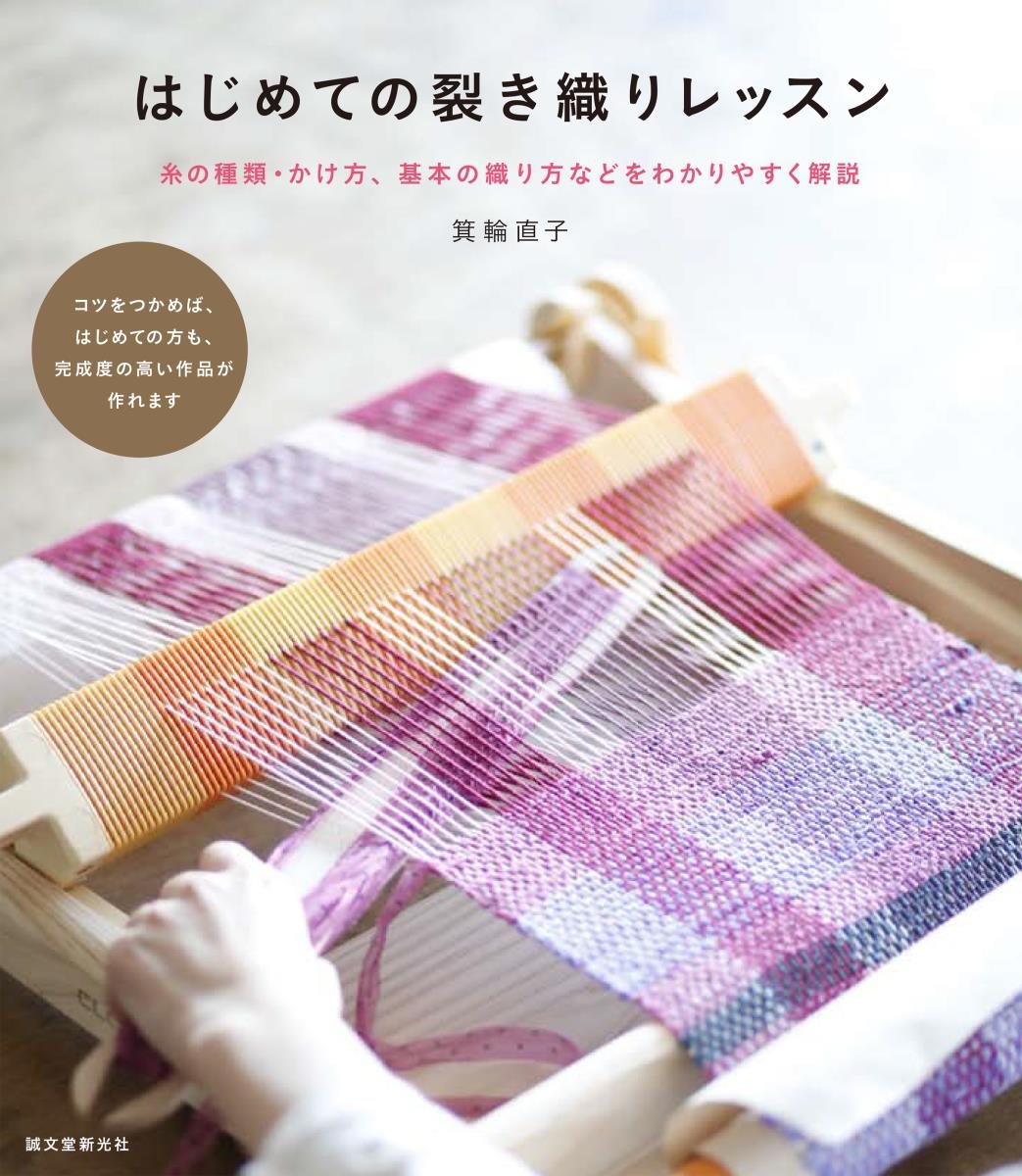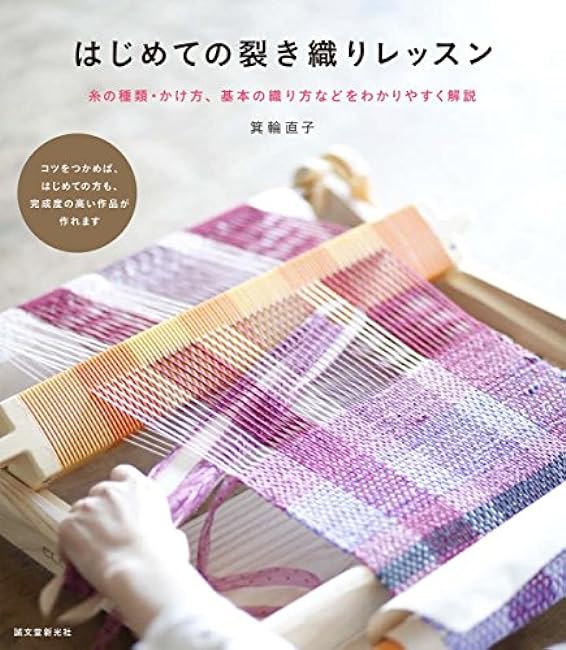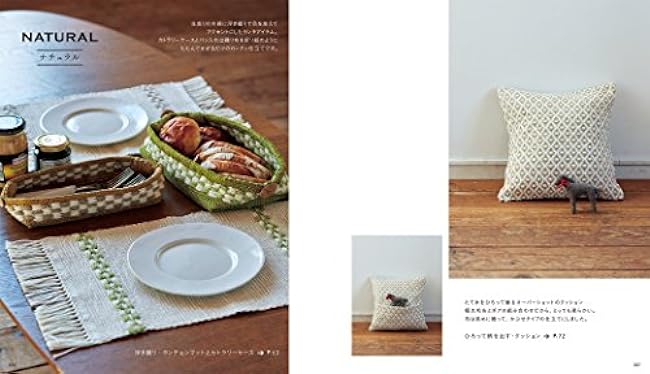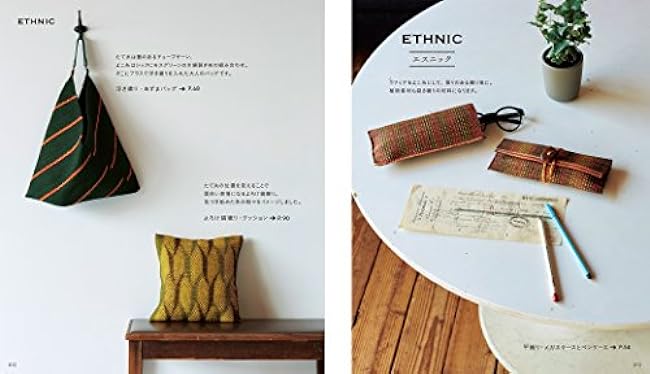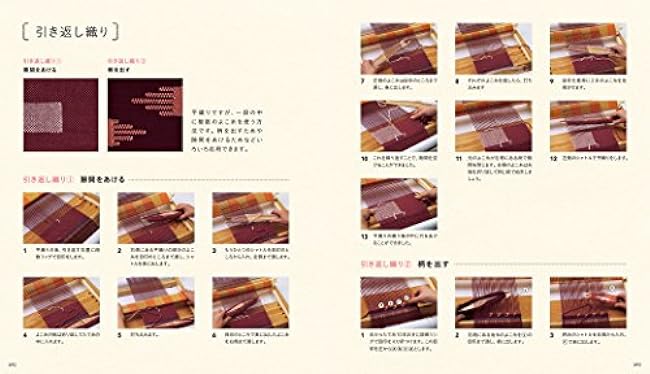First lesson in sashimi weaving: explanation of types of thread, how to tie threads, basic weaving techniques - Japanese Craft Book*
Couldn't load pickup availability
Release date: 2017/3/2
Language : Japanese
Book: 128 pages
This is an introductory guide to hand weaving and split weaving, covering the basics such as the structure of the loom, how to thread threads, types of threads, and basic weaving methods.
An easy-to-understand step-by-step explanation of how to weave using a tabletop loom.
Stepping up from basic plain weaving, you will master additional techniques such as ridge weaving and ajiro weaving as you create your own creations.
The weaving method was explained in detail using plenty of process photos.
We have carefully selected stylish items that will brighten up your daily life, such as placemats, coasters, cushion covers, mini rugs, and other wonderful creations that even beginners can weave.
■Table of contents
Collection of works
Natural/Ethnic/Japanese/Monotone
PART1 About Sakiori
How to thread the loom and thread (tabletop closed reed, tabletop open reed)
Tips for sakiori
PART2 Know how to weave and make it
Plain weave (ethnic shoulder bag, ethnic glasses case and pen case, Japanese cushion, Japanese Azuma bag)
Floating weave (natural placemats and cutlery cases, natural baskets, ethnic gazebo bags)
Expand and create patterns (natural cushion, x natural tote bag, monotone cushion, monotone square bag)
Ridge weave (natural shawl, natural pavilion bag, monochrome pavilion bag)
Wobbly striped weave (ethnic cushion)
Fetched weave (ethnic floor mats, Japanese bunny ear bags)
Ajiroori (Japanese style, table mats and coasters)
Ridge wickerwork (monotone/lap)
Knot weave (monotone floor mat)
OK even if you don't have a loom (let's make cloth sandals, belt weaving)
Changes depending on patterned fabric and tearing method [Sample weaving]
Combination of thread and cloth [color sample weaving]
How to choose soukou [sample weaving]
How to make an Azuma bag
Shipping information:
The shipping cost depends on the weight of the items. It will automatically calculate when you add it to the shopping cart. (Chat with us for more details)
First lesson in sashimi weaving: explanation of types of thread, how to tie threads, basic weaving techniques - Japanese Craft Book* is backordered and will ship as soon as it is back in stock.
Payment Methods
Payment Methods
- Paypal payment
- Credit card payment (Visa, Mastercard, American Express)
- Online payment system (Apple Pay, Google Pay)
Shipping Delivery
Shipping Delivery
Two shipping methods:
(Standard shipping and Express shipping)
The shipping cost depends on the weight of the items. It will automatically calculate when you add it to the shopping cart. (Chat with us for more details)
Arrange time: 1–4 business days
Standard shipping (Japan post): 2- 3 weeks
1st book--→JPY1800
Express shipping (FedEx or DHL): 3-5 days
1st book--→JPY3000
